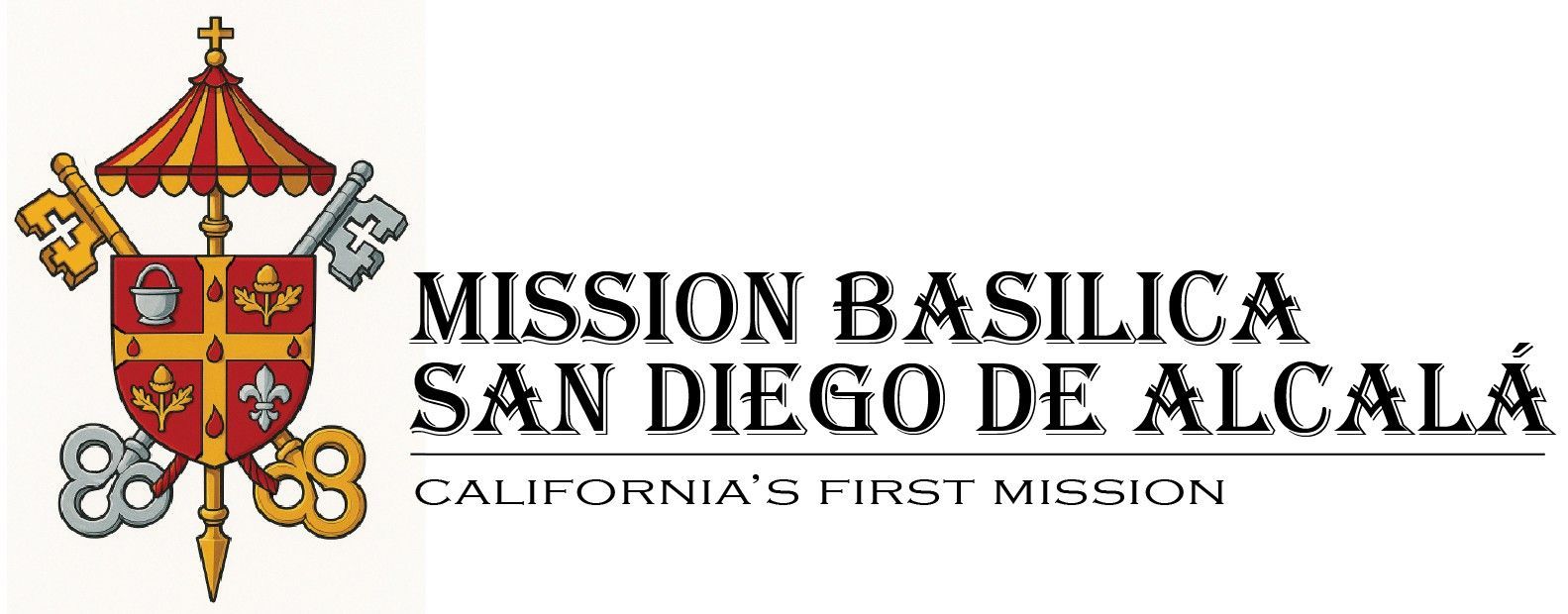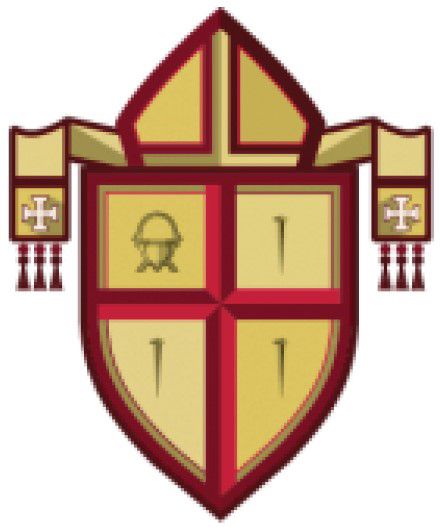Missionaries
Father Junípero Serra O.F.M.
Miguel Jose Serra was born on November 24, 1713 in Petra, Majorca, an island off the coast of Spain. Miguel grew up on a farm near a Franciscan friary and as a boy he would often visit the monastery, attending classes and singing with the priests in the choir.
On September 30, 1730, when Miguel was sixteen, he was received into the Franciscan order in Palma, the capital of Majorca. He chose the name Junípero because Junípero had been a companion of St. Francis, known as “the Jester of God, a man of utter simplicity and celestial mirth”.
Fr. Serra studied and became a philosophy teacher at a Franciscan seminary and eventually earned a doctorate degree in Sacred Theology at Lullian University in Palma, where he also taught. Fr. Serra’s dream was to become a missionary and on January 7, 1750 his dream became a reality. Fr. Serra arrived in Mexico City at the Franciscan College of San Fernando where he lived among the Pama Indians and became the superior in charge of the missions in the area.
Alta California had been claimed for the country of Spain, but there were no settlements along the coast or inland. The only inhabitants were the Native Americans who lived in the valleys. Russian fur traders up north were encroaching on the land and this worried the King of Spain. So, in 1769, at the age of 55, Fr. Serra would be appointed as the director of the expedition northward that would establish the missions, spread Christianity, and secure the land for Spain.
He traveled in an overland party with Gaspar de Portola, the Governor of New Spain, and arrived in San Diego on July 1, 1769. A site on Presidio Hill was selected to establish the mission and on July 16, 1769, Fr. Serra raised a cross and celebrated Mass to dedicate Mission San Diego de Alcalá, California’s first mission. Fr. Serra continued his journey northward and founded a total of 9 missions by the time he died at the age of 71. He walked 4,000 miles on a lame leg and endured many hardships to see his dream accomplished.
Written by Msgr. I.B. Eagen, former Pastor of Mission San Diego de Alcalá
Father Luis Jayme O.F. M.
Melchor Jayme was born in the farming village of San Juan, Majorca on October 18, 1740. When he was 15, he enrolled in the St. Bernadine School where Father Serra had studied as a youth. He became a Franciscan five years later. Father Jayme was ordained to the priesthood and taught philosophy for five years at the Convento de Francisco, which was the motherhouse for all the Franciscans in Majorca.
Like Fr. Serra, Fr. Jayme dreamed of becoming a missionary in the New World. In 1770, he arrived in New Spain after a long and difficult journey. He attended a special training course that taught survival on the frontier and conditioned them for living a life of hardship and deprivation. In October of 1770, Fr. Jayme set out for Alta California to begin his ten-year commitment to the California Missions. He assumed his post as pastor of the Mission San Diego de Alcalá and eagerly looked forward to working with the Native Americans.
The priests and neophytes on Presidio Hill (the first location of Mission San Diego) tried to establish a successful mission at that site, but in 1774, Fr. Jayme recommended that the Mission site be moved inland. The crops were failing, the water was scarce and hard to get, and the soldiers were a bad influence of the Native Americans. Fr. Serra approved the move. The padres and neophytes moved to the present site in August of 1774 and built temporary huts out of wood, tule, manure, and thatch. Eleven adobe structures were built during the first year. Crops were planted, Native Americans from the Nipaguay village were being baptized and everything was going well – until November 5, 1775. In the early morning hours of that day, Fr. Jayme was awakened from his sleep and heard a commotion outside his quarters. Indians were raiding the mission.
Approximately 800 Native Americans from the Yuma area, together with several neophytes, looted the church. An open fire erupted, the Kumeyaay went into defensive mode and shot flaming arrows into the buildings, burning the huts down. Instead of running or hiding, Fr. Jayme went out to greet them and with his arms outstretched he said, “Love God, my children”. He was subsequently dragged down to the river and murdered. Because of Fr. Jayme’s self-sacrifice, dedication, faith, and love, he became California’s first Christian martyr. The large white cross out front of the Mission on the east side is dedicated to his memory and is located near the spot where he was martyred. His remains are buried in the sanctuary of the church. Surviving residents of the mission went to the Presidio to live until things settled down and it was safe to return to the Mission.
Written by Msgr. I.B. Eagen, former Pastor of Mission San Diego
Father Fermin Lasuén
Father Fermin Lasuén served for eight years as head missionary at Mission San Diego (1777-1785) until he was selected to succeed Father Junípero Serra as Father Presidente of the Mission System. Zephyrin Engelhardt, who studied all of the top figures in the mission era, concluded that Lasuén “must be numbered among the territory’s best men and greatest benefactors”.
Only one key player remained the same during the years 1785-03, Fermin de Lasuén. His exceptional administrative skills, strong sense of purpose and engaging personality, allowed him to operate effectively in a highly political climate and get things done. He managed his chronically understaffed missionaries with compassion and understanding.
Under His Leadership
• The number of missions doubled, four in the epic year of 1797 alone.
• The neophyte population increased fourfold, from 4,646 at the ed of 1784 to 18,185 in 1803.
• A total of 31,240 individuals were baptized. During the five years that he had the authority, Lasuén confirmed 10,151.
• The number of cattle on the mission ranchos increased from 5,387 to 77,578 head, and significant progress was made in the production of tallow, cured cattle hides, and mission made leather goods.
• From a base of only 5,384 the number of mission sheep increased to 117, 736. The sheep provided food (mutton was the most prevalent meat fed neophytes) and their wool enabled the missions to make their own clothing and blankets.
• Agricultural production soared. The missions produced enough wheat, barley, corn, beans, and peas to become self-sufficient.
• Most of the mission churches we enjoy today are a product of the work that was started under Lasuén.
Unfortunately, the death rate among the neophytes was high, and the progress made in preventive medicine and improvement of living conditions painfully slow. Lasuén, like Serra, resisted any changes in the mission system. Both men considered the conversion of the Indians their primary task and baptism the measure of success. Francis F. Guest wrote, Fr. Lasuén “envisioned life, spirituality, the Indians, the Church in the Spanish way of old…In obedience to his superiors, he gave his life for the expansion and development of the missions”.
Fermín Francisco de Lasuén was a missionary for almost 40 years, and the longest serving President of the California Missions.
Reproduced with permission © 2012 Pentacle Press, LLC

